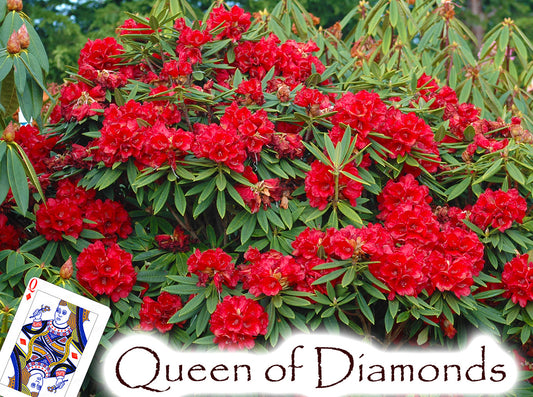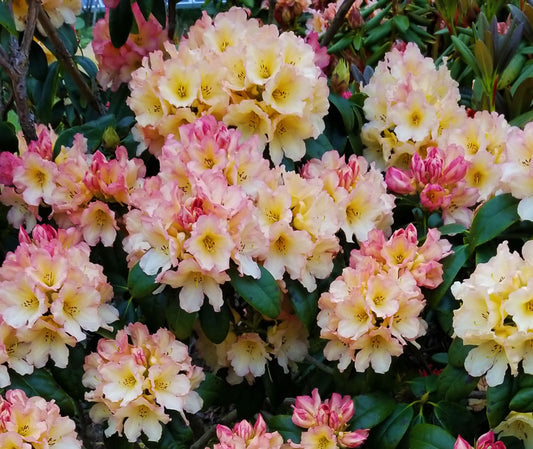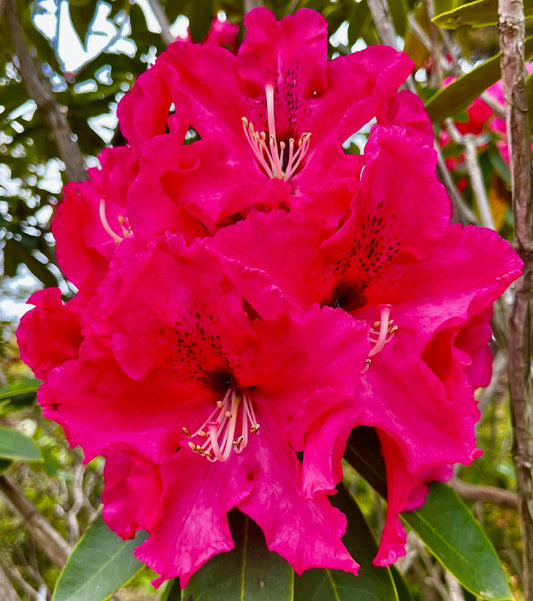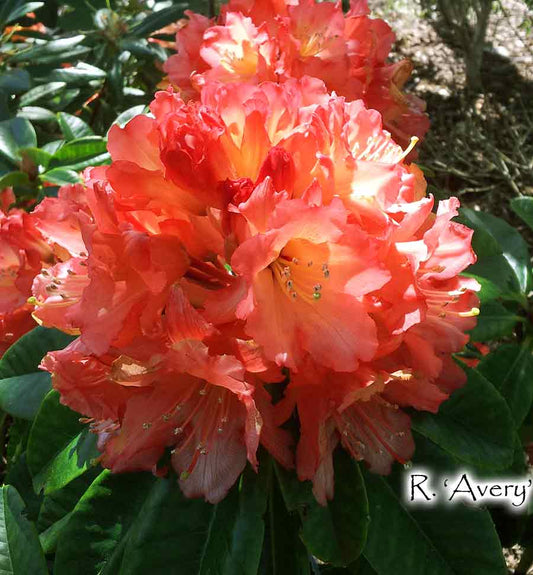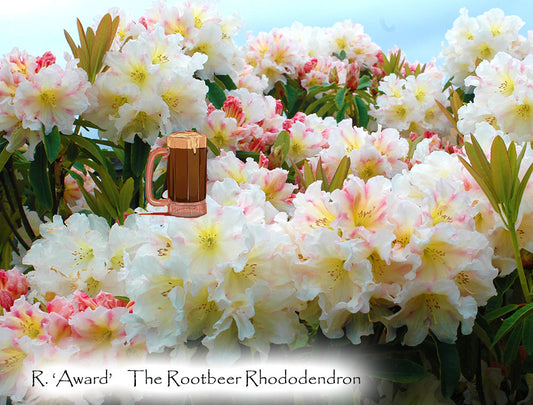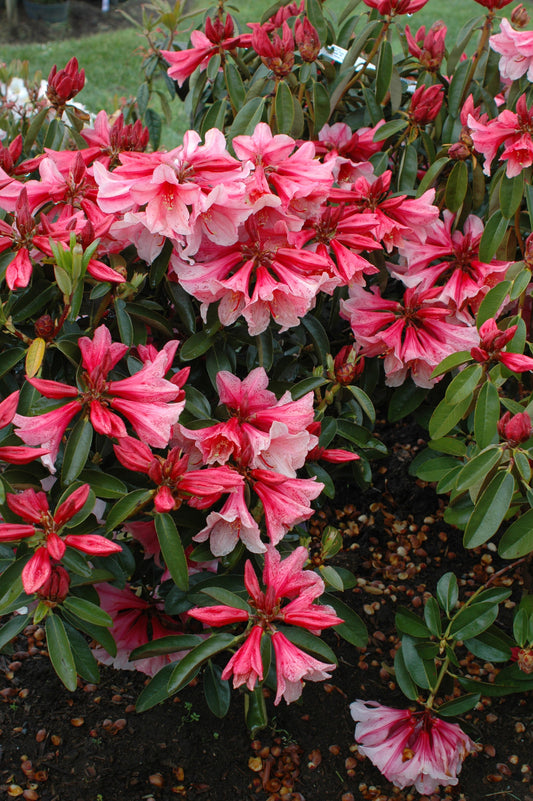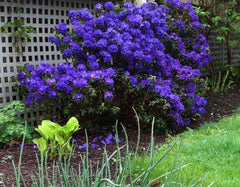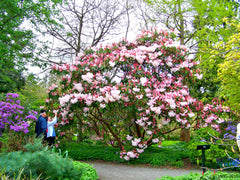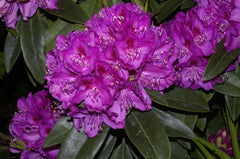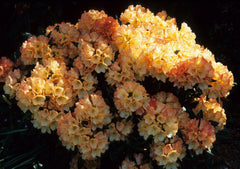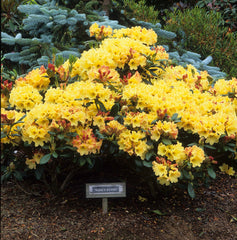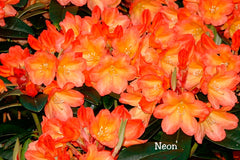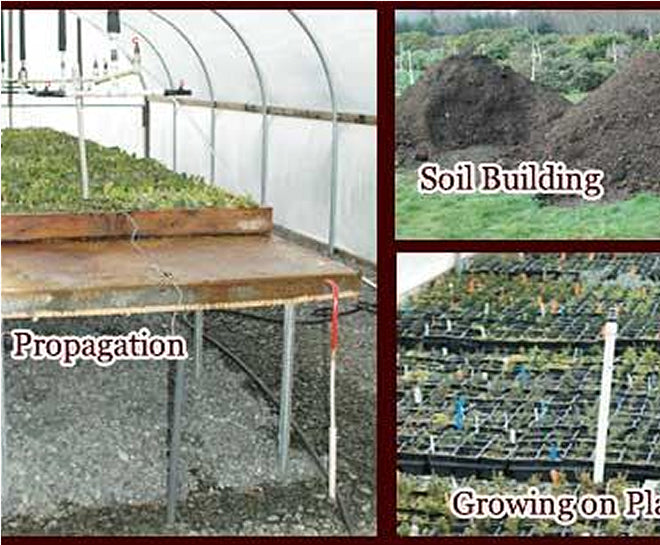-
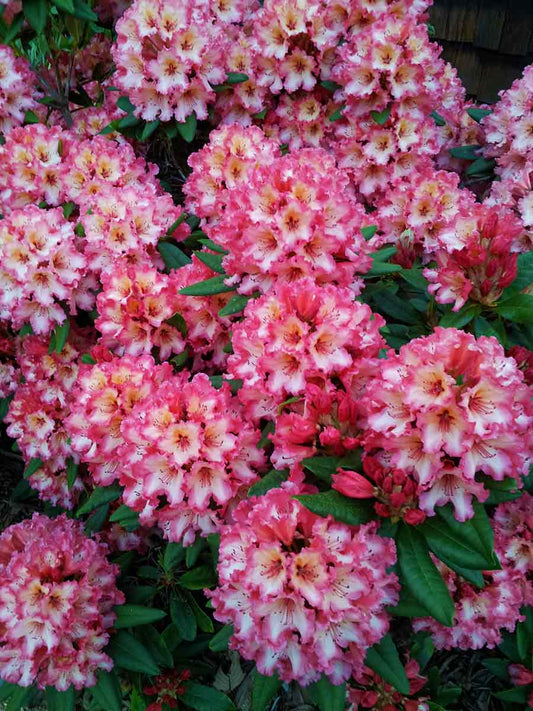 Sold outSold out
Sold outSold out -
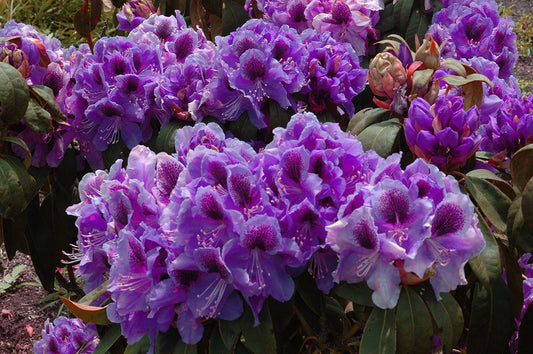 Sold outSold out
Sold outSold out -
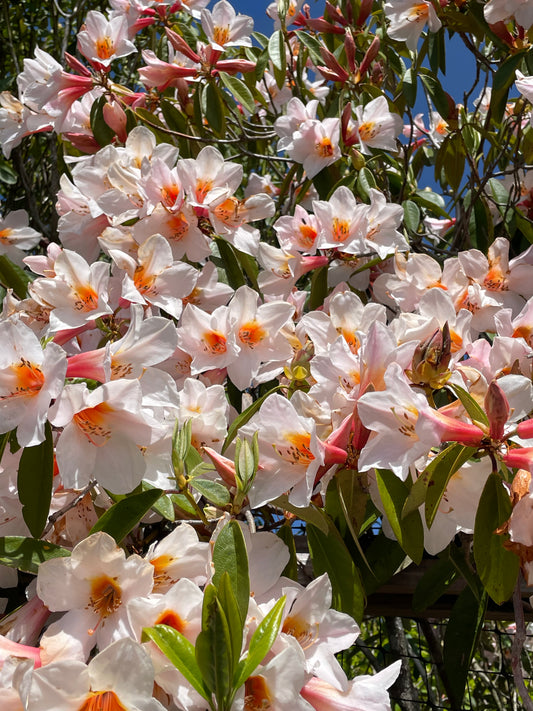 Sold outSold out
Sold outSold out -
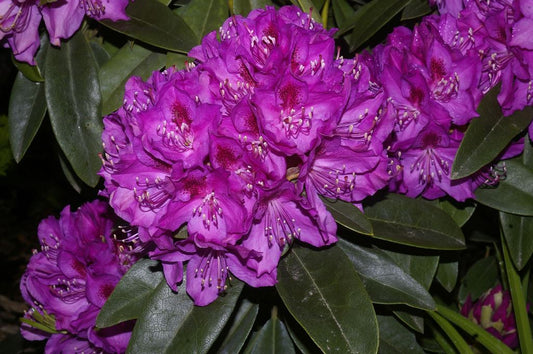 Sold outSold out
Sold outSold out -
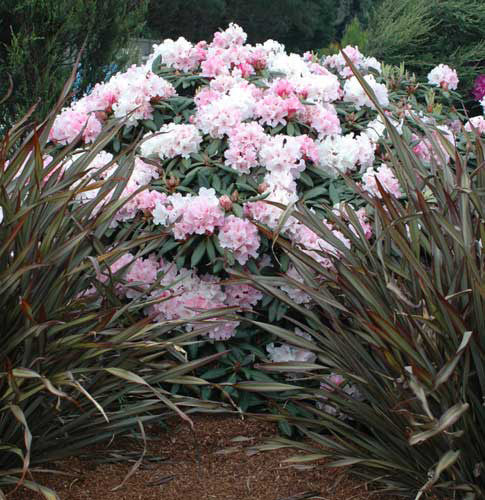 Sold outSold out
Sold outSold out -
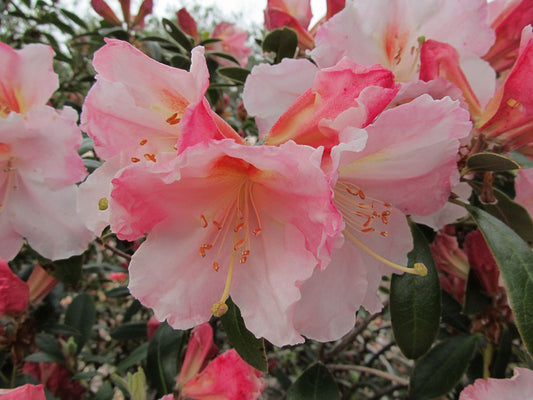 Sold outSold out
Sold outSold out -
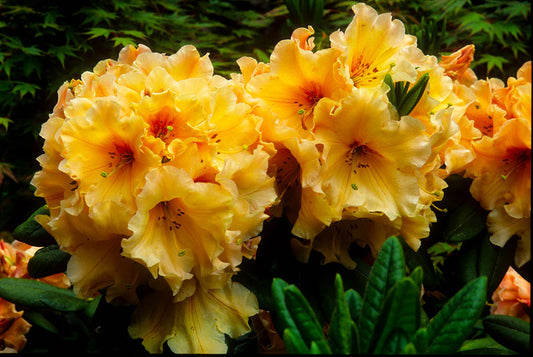 Sold outSold out
Sold outSold out -
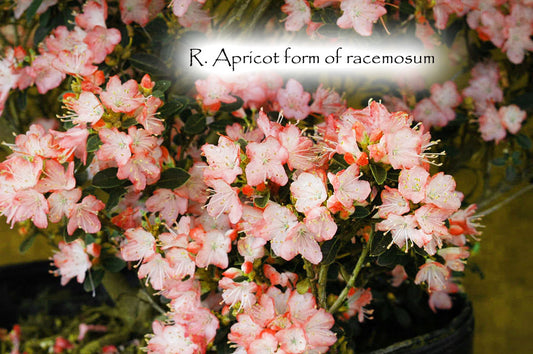 Sold outSold out
Sold outSold out -
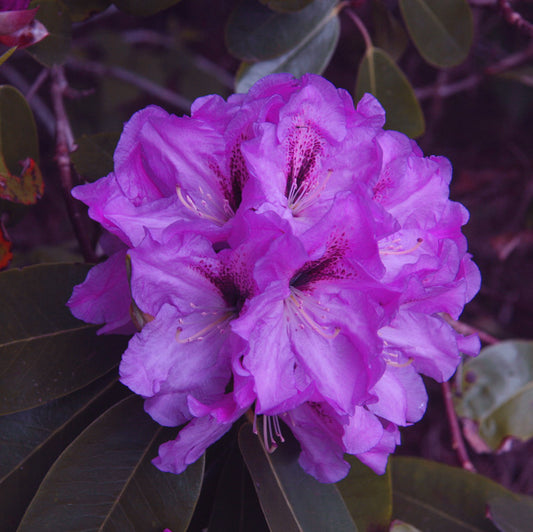 Sold outSold out
Sold outSold out -
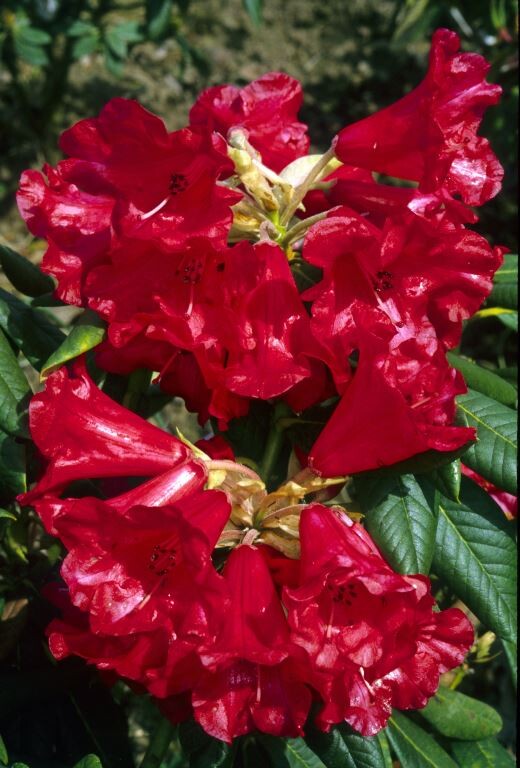 Only a few left!
Only a few left!

Choose a Rhododendron Tree for Your Garden
Rhododendrons come in a range of forms—from compact shrubs to tall, tree-like varieties—and each brings something special to your landscape. If you’re looking for height and presence, trees like Loderi King George stand tall with soft pink blooms and a strong upright shape. These tree rhododendrons are perfect for creating a bold focal point or anchoring a large planting bed. For more compact spaces, shrubs like Blue Baron provide dense foliage and rich purple-blue flower color, making them ideal for layering in borders or planting in groups.
Rhododendrons come in a wide range of colors—from soft pastels to intense, saturated hues—making it easy to choose a plant that suits your space and your style.

Planting and Caring for Your Rhododendron Tree
To thrive, rhododendron trees need the right spot and a little care. Choose a location with partial shade and well-drained soil enriched with organic matter. These plants prefer evenly moist, acidic soil. When planting, keep the root ball slightly above ground level to protect the plant’s shallow roots. Add mulch to help retain moisture and prevent weeds. Water regularly during the first growing season, especially during dry spells.
Rhododendrons should be fed around Valentine’s Day for energy for the upcoming bloom and Father’s Day for bud development. Use a slow-release, pelletized fertilizer with a 6-7-5 ratio for nitrogen, phosphorus, and potash. Prune rhododendrons in late winter or just after flowering in early summer to shape the plant and remove dead wood. With these basics in place, your rhododendron tree will reward you with healthy new growth and beautiful blooms for years to come.
FAQs
What’s the difference between a rhododendron tree and a shrub?
Shrubs tend to stay low and rounded, while tree-like rhododendrons grow taller with a more upright, branching form. Both offer beautiful blooms and structure—your choice depends on the look you want in your home landscape.
When is the best time to plant a rhododendron?
The best times to plant are early spring or early fall. This gives the plant time to establish roots before extreme heat or cold.
What kind of soil do rhododendrons need?
They thrive in acidic soil that’s rich in organic matter and drains well. Avoid soggy areas to prevent root rot.
How much sunlight do rhododendrons need?
Most varieties prefer partial shade, especially in hot climates. Some can handle full sun if the soil stays cool and moist.
Do rhododendrons need a lot of maintenance?
Not much—just water during dry spells, mulch to keep roots cool, and prune after blooming to encourage healthy new growth and strong flower buds.
How big will my rhododendron get?
That depends on the variety. Some stay compact at 2–3 feet tall, while tree-like rhododendrons can grow 8 feet or more over time. Be sure to check the expected mature size before planting.
What problems should I watch out for?
Keep an eye out for common issues like powdery mildew, leaf gall, and poor drainage that can lead to root rot. Planting in well-drained soil and giving your rhododendron the right amount of light helps prevent most problems.
